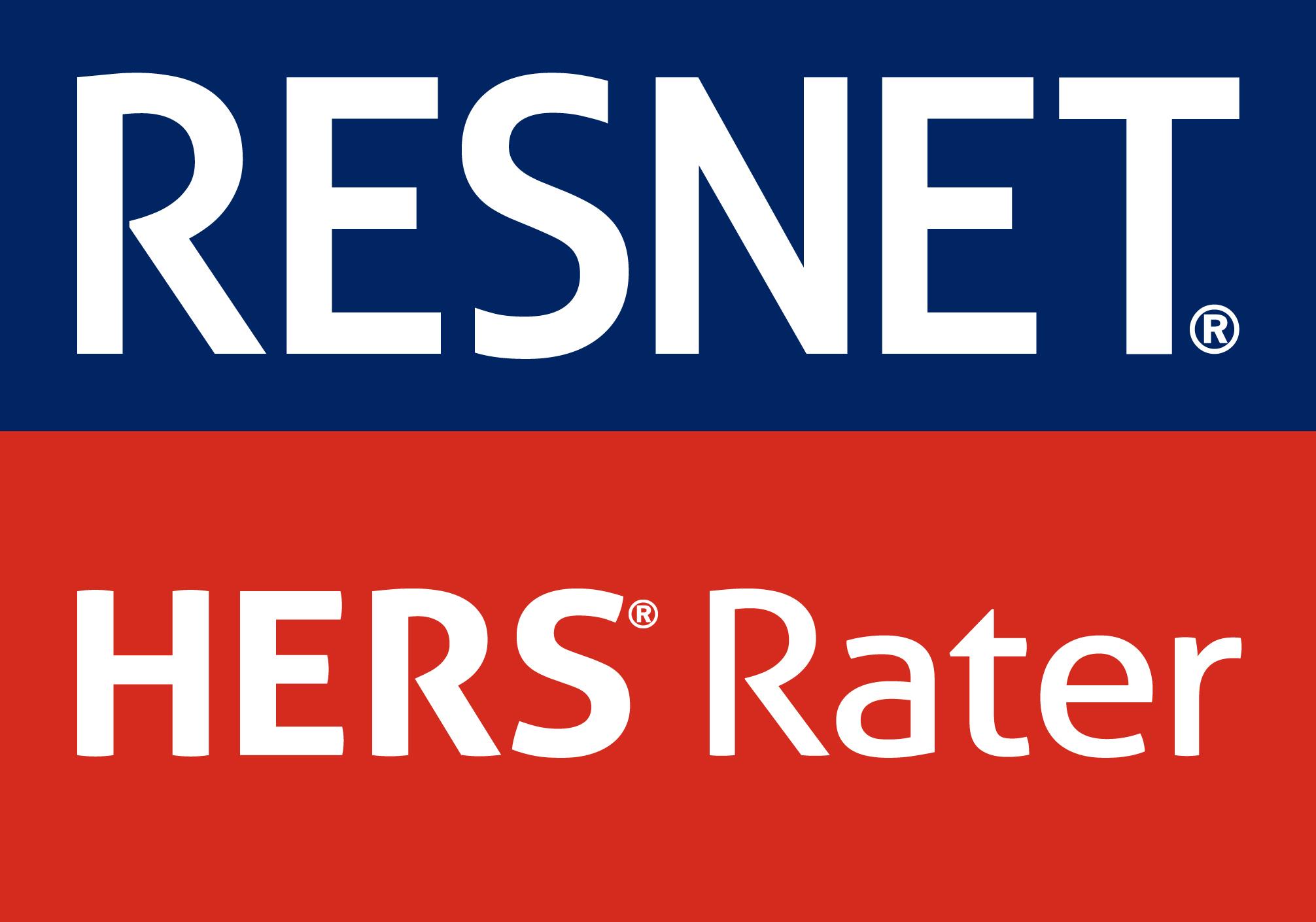For years now consumers have seen the ENERGY STAR logo on home appliances and electronics and they have come to recognize that these devices will use less energy and therefore cost less to operate. Now many buyers are finding that many of the homes they have to choose from are also displaying the ENERGY STAR insignia. Just what does that mean and is it really a better house?
For many reasons the answer is clearly YES!
Homes that earn the ENERGY STAR are significantly more energy efficient than standard homes, incorporating a variety of features including:
1. Effective Insulation
Properly installed and inspected insulation in floors, walls, and attics ensures even temperatures throughout the house, reduced energy use, and increased comfort.
2. High-Performance Windows
Energy-efficient windows employ advanced technologies, such as protective coatings and improved frames, to help keep heat in during winter and out during summer. These windows also block damaging ultraviolet sunlight that can discolor carpets and furnishings
3. Tight Construction and Ducts
Sealing holes and cracks in the home’s “envelope” and in heating and cooling duct systems helps reduce drafts, moisture, dust, pollen, and noise. A tightly sealed home improves comfort and indoor air quality while reducing utility and maintenance.
4. Efficient Heating and Cooling Equipment
In addition to using less energy to operate, energy-efficient heating and cooling systems can be quieter, reduce indoor humidity, and improve the overall comfort of the home. When properly installed into a tightly sealed home, this equipment won’t have to work so hard to heat and cool the home.
5. Efficient Products
ENERGY STAR qualified homes may also be equipped with ENERGY STAR qualified products — lighting fixtures, compact fluorescent bulbs, ventilation fans, and appliances, such as refrigerators, dishwashers, and washing machines.
6. Third-Party Verification
With the help of independent Home Energy Raters, ENERGY STAR builder partners choose the most appropriate energy-saving features for their homes. Additionally, raters conduct onsite testing and inspections to verify the energy efficiency measures, as well as insulation, air tightness, and duct sealing details.
This last requirement for earning the ENERGY STAR could perhaps be the most important. An independent and certified energy rater must verify that the home meets the standards. The rater starts with the blueprint and specifications of the home and projects the homes energy efficiency. Then through on site inspections during the construction and a blower door test at completion, they verify that the home was built and performs as designed. So the new homeowner can feel confident that the features and practices necessary to deliver energy savings were used.
The reasons that ENERGY STAR makes sense goes even father from an investment standpoint.
LOWER OWNERSHIP COST
Compared with standard homes, ENERGY STAR qualified homes use substantially less energy for heating, cooling, and water heating-delivering $400 to $800 in annual savings. Over the years you live in your home, this adds up to thousands of dollars saved on utility bills. Additional savings on maintenance can also be substantial.
BETTER PERFORMANCE
Properly installed energy-efficient improvements deliver better protection against cold, heat, drafts, moisture, pollution, and noise. An energy-efficient home helps ensure consistent temperatures between rooms, improved indoor air quality, and greater durability.
RESALE VALUE
To date, more than 6,500 home builders have partnered with EPA to construct over one million ENERGY STAR qualified homes. The trend is clear. By choosing a home with the ENERGY STAR label, you can be confident that it will have an increasingly valued feature when the time comes to sell.
DO THE RIGHT THING
Owning an ENERGY STAR home can do as much for your conscience as your wallet. Did you know that your home can be a greater source of pollution than your car? In fact, 16 percent of U.S. greenhouse gas emissions are generated from the energy used in houses nationwide.
Energy used in our homes often comes from the burning of fossil fuels at power plants, which contributes to smog, acid rain, and global warming. Simply put, the less energy we use in our homes, the less air pollution we generate.
Home buying is complex enough without having to know all the details of energy-efficient construction. Instead, by looking for the government-backed ENERGY STAR label potential homebuyers can easily identify homes that are truly energy efficient.

